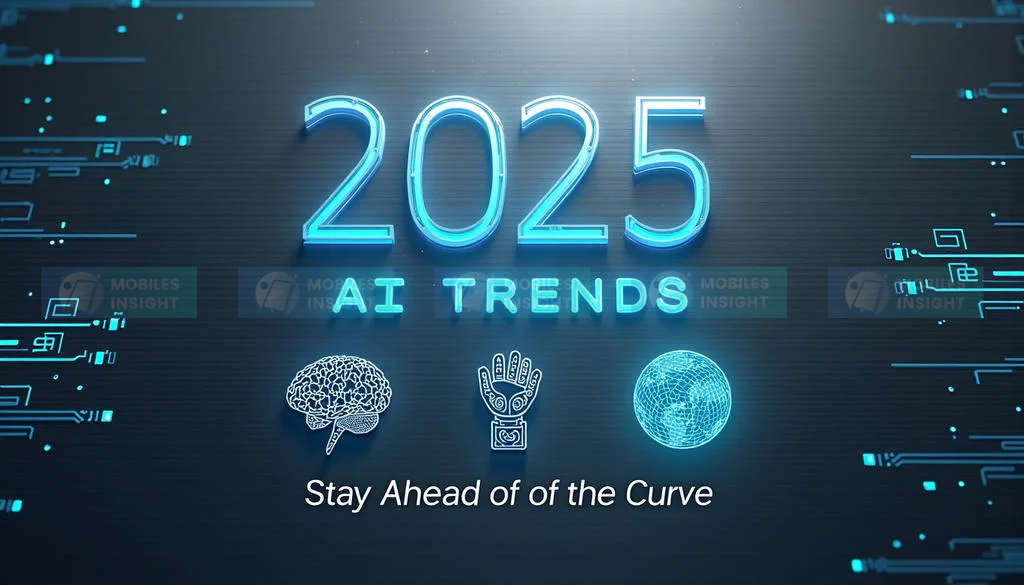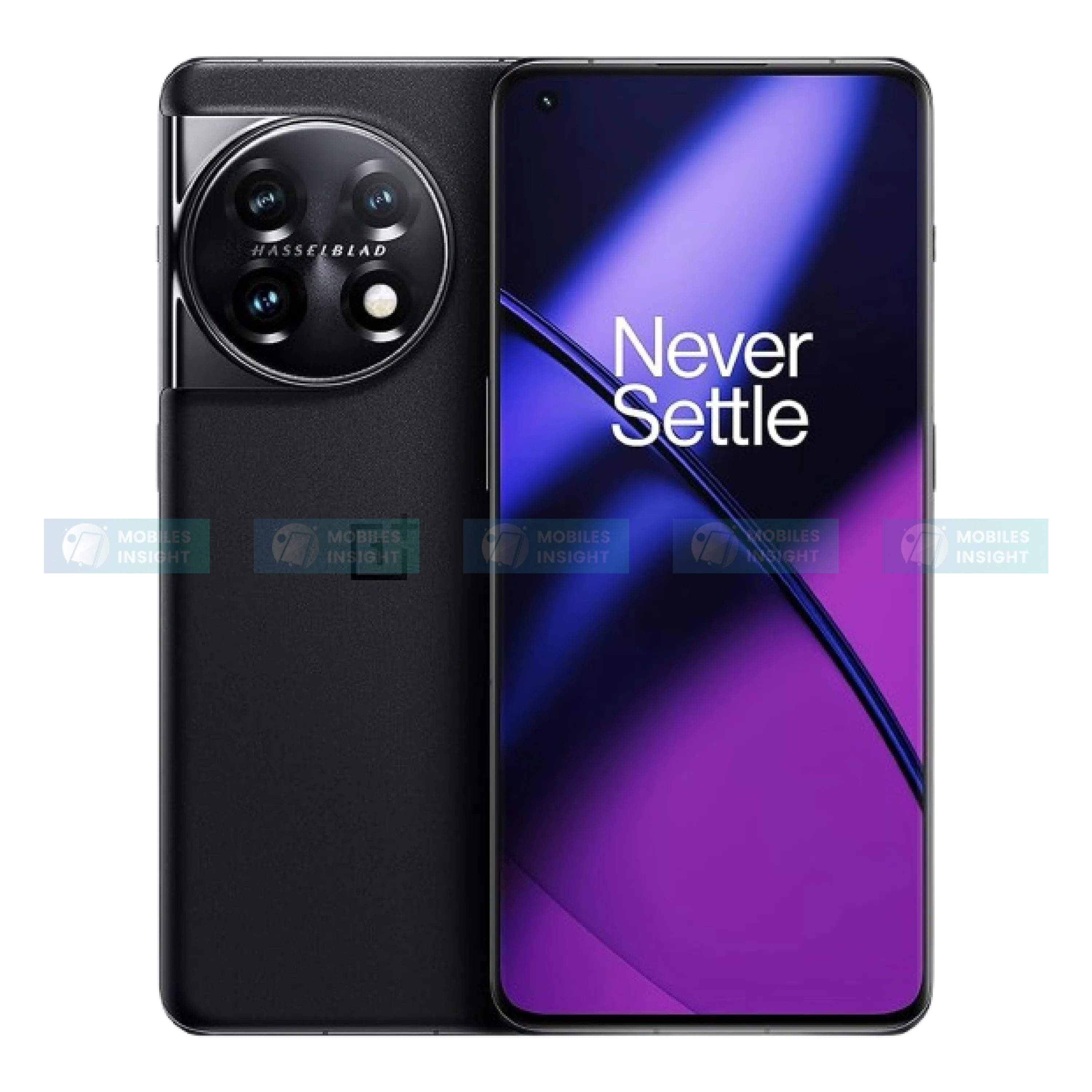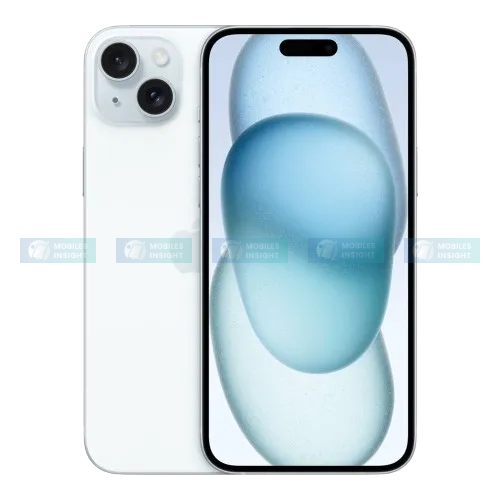
AI Trends in 2025 Every Professional and Business Should Know
In 2025, AI trends are transforming the way we live, work, and innovate. From generative AI creating content to robots revolutionizing industries, and from AI-powered cybersecurity to smarter workplaces and IoT integration, artificial intelligence is reshaping every sector. For professionals and businesses in Bangladesh, understanding these trends is essential to stay competitive, improve productivity, and embrace smarter, data-driven decision-making. Adopting AI today is key to leading in tomorrow’s world.
Why Staying Updated with AI Trends Is More Important Than Ever?
Have you seen Apple TV’s Slow Horses?
It is quite an underrated TV series compared to famous shows like Stranger Things and Game of Thrones. The story follows MI5 agents, sidelined for their mistakes, as they navigate dangerous intelligence missions. They are a group of MI5 rejects, led by the grumpy leader Jackson Lamb.
So why is the show called "Slow Horses"?
Well, the agents are considered obsolete, like slow horses in a race. In reality, nobody wants to be outdated or stuck with traditional methods, right? Think of advancements in technology like Artificial Intelligence that are revolutionizing industries and consumer habits. Bottom line: staying current with the latest AI trends is crucial!
Don't worry. To help you be the fastest horse in the AI race, we have listed the top 5 Artificial Intelligence trends that will keep you ahead of the competition. Read on to keep up!
Ever wondered what makes Alexa so smart or how self-driving cars navigate roads? Welcome to the fascinating world of AI trends!
AI is like a super-smart computer brain that can think and act like humans. It's the magic behind chatbots, robots, and even the voice assistants we use every day.
AI is changing everything, from how we work to how businesses operate. AI is not a dream but a science, as it is happening around us when machines help us be more productive, find jobs, and make smarter investments.
Big companies are already taking advantage of it. For instance, Forbes says 76% of businesses are already spending big on AI. That is because they know AI trends are game-changers!
Last year, we talked about hyperautomation, AI democratization, computer vision, and many other emerging AI trends. This year, we’ve got a whole new set of AI trends for 2025 that are shaking things up in every industry.
Are you ready to peek into the future? Let us explore the top AI trends of 2025 and discover how artificial intelligence is shaping the world!
Trend 1: Generative AI Will Keep Generating Content
With numerous companies developing and offering Gen AI tools, Generative AI is one of the leading AI trends in 2025. From healthcare to retail and even entertainment, companies are embracing this technology. It is reshaping how we create content, products, and experiences, making tasks that once required human creativity easier and faster. From personalized customer experiences to innovative product designs, the possibilities are endless for AI-generated content. This trend helps streamline processes, boost productivity, and open new avenues for innovation.
The numbers back this up. According to McKinsey’s research, 75% of professionals anticipate that generative AI will cause "significant or disruptive change in the nature of their industry’s competition" over the next three years. This highlights its potential to reshape business landscapes and operational strategies.
Take Booking.com, for example. They wanted to simplify how customers find travel itineraries, so they teamed up with Amazon Bedrock. With vast amounts of data at hand, Booking.com uses AI to help users get tailored, relevant results for their travel queries. “Generative AI is on everyone’s agenda right now,” says Thomas Davey, VP of Big Data and Machine Learning at Booking.com. This partnership is helping travelers find the perfect destinations more easily than ever, thanks to Gen AI.
Trend 2: Welcome To The World Of Robots
In 1999, The Matrix fascinated us with its portrayal of robots and artificial intelligence. Fast forward to 2025, and robots are no longer just a futuristic concept. They are here and reshaping industries like manufacturing, retail, and hospitality. Robots are no longer just machines; they are valuable partners in operations, from assembling cars and performing surgeries to delivering packages and managing warehouses. This is one of the most exciting AI trends for 2025.
According to Bain & Co., machinery and equipment manufacturers could boost productivity by 30% to 50% by adopting AI, digital, and sustainable innovations. Moreover, 75% of executives in advanced manufacturing prioritize emerging technologies like AI in their R&D and engineering efforts. These numbers show how robotics, powered by AI, will drive innovation in the near future.
Companies are racing to use AI to enhance robotics. Recently, Rapid Robotics introduced Rapid iD, which uses generative AI, computer vision, and machine learning to enable robotic arms to pick, inspect, and place items with 100% accuracy in logistics and manufacturing. As Kimberley Losey, CEO of Rapid Robotics, explains, “Applications are becoming more complex across the supply chain, so we need robots that can adapt almost like humans.” AI-powered robotics is a trend that is shaping the future of industry.
Trend 3: AI in Cybersecurity Will Be a Double-Edged Sword
It is ironic that the same technology that helps protect can also be used to attack. Artificial intelligence works this way in cybersecurity. On one hand, AI creates advanced cyber-attacks, but on the other, it helps detect and prevent threats. AI will play a key role in securing data, networks, and physical infrastructures across industries like finance, healthcare, and governance. This is one of the critical AI trends that organizations cannot ignore.
A survey by The Economist Intelligence Unit found that nearly 49% of global executives and security experts see AI and machine learning as powerful tools to fight modern security threats. Pillsbury's report further shows that 44% of global organizations are already using AI to detect security intrusions. AI is clearly becoming a key player in cybersecurity.
Take IBM, for example. They use AI to enhance cybersecurity for enterprises like ANDRITZ. Klaus Glatz, Chief Digital Officer at ANDRITZ, says, "IBM Security offers a solid foundation where we have 100% visibility and transparency, which helps us solve threats quickly." AI-driven tools such as IBM Security QRadar® on Cloud help detect and respond to threats proactively, processing millions of daily events and identifying critical security risks.
Trend 4: AI Will Change the Way We Work
AI is becoming the new best friend in workplaces. Across industries like finance, healthcare, and manufacturing, AI will automate repetitive tasks, leaving humans to focus on strategic thinking. AI integration reshapes workflows, boosts productivity, and fosters collaboration between humans and machines. From predictive analytics to confident decision-making, AI makes workplaces faster and more efficient. This is one of the most transformative AI trends of 2025.
According to Workday, 98% of CEOs say they would benefit instantly from AI implementation. Ajay Agrawal, a professor at Rotman School of Management, also said, “The people who sit on the sidelines miss the learning time that those building their AIs are gaining. The faster you get in, the faster your AI starts to learn.”
JPMorgan has used AI to revolutionize its finance division. By integrating AI to handle financial document analysis, the bank improved efficiency and accuracy. AI freed up human employees for more strategic, high-value tasks, transforming how the company handles finances. This trend will reshape other workplaces in Bangladesh and globally.
Trend 5: Your Alexa Will Get Smarter With AI
As we step into 2025, AI trends in IoT, also called AIoT, are set to transform how we interact with our surroundings. Smart cities can optimize traffic and energy, while industrial IoT applications predict equipment failures. AI-powered IoT is changing business operations and daily life. Home automation is becoming smarter as AI helps IoT devices learn human habits, making life easier and more connected.
The numbers show this growth. The global AI in IoT market was $1,581 million in 2021 and is expected to reach $11,774 million by 2030, growing at a CAGR of 28.53%. SUEZ, for example, teamed up with Avanade and Microsoft to develop CoDAI. It improves AI and IoT integration in industrial settings, letting data scientists monitor and deploy models for IIoT applications. AI in IoT will become essential for efficiency, cost reduction, and better decisions in 2025.
Andrei Khurshudov, an AI and IoT expert, says, “Cities rarely have large data teams to build their own solutions, so they rely on smart products with built-in AI. Smart lights and sensors come with their own software. AI helps make decisions from vast data.” AI in IoT is shaping smarter and more connected operations worldwide.
Final Thoughts
AI is not just a tool. It is a new way of thinking.
As we move into 2025, AI trends are driving innovation across industries like manufacturing, healthcare, IoT, and cybersecurity. AI’s ability to analyze massive data and make smart decisions is opening endless possibilities.
For professionals in Bangladesh, understanding and adopting AI trends will be key to staying competitive. Whether you want to grow your career or lead innovation in your organization, now is the time to embrace AI.
Let AI be the spark that drives your future success!
Until then, stay curious and stay ahead by reading our other technology trends!
Popular Phone Reviews

Samsung Galaxy A70 Review: Features, Performance, and Value Insights

Apple iPhone 16 Pro Max Review: Features, Performance, and Value Insights

Apple iPhone 12 Pro Max Review: Features, Performance, and Value Insights

Xiaomi Redmi 12 Review: Features, Performance, and Value Insights






